Professor Jan Gehl from Denmark hopes to help Vietnamese policymakers take a people-first approach to urban planning with his book “Cities for people”. Vietnam is the 34th country where the book has been translated and published with a free copyright.
At the launching ceremony of the Vietnamese version of “Cities for People” in March, Vietnamese architects, urban planners and book lovers had an opportunity to meet and talk with its author, well-known Danish architect Jan Gehl.
Jan Gehl received a grant from the Danish government to write the book so he wants to offer a free copyright of “Cities for people” to all the countries in the world. He hopes they can apply the book’s perspective to real situations in their countries and create better cities for their people.
“Cities for People” gives a perspective on how people-friendly cities look and work, which should be built to give people a happy and healthy life. Based on the constant changes in population structure and lifestyle, the author gives options to develop urban areas in a safe, sustainable and healthy way. According to Jan Gehl, a successful city is the one designed with good rooms for safe walking and biking, leading to a less sedentary life behind steering wheels and computer screens.
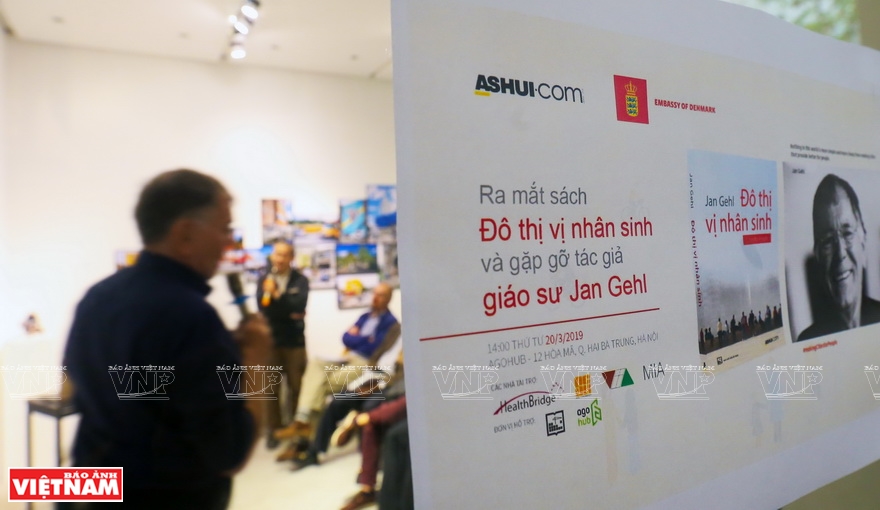
The launching ceremony of the Vietnamese version of “Cities for People” at AGOhub, No. 12 Hoa Ma street, Hanoi.
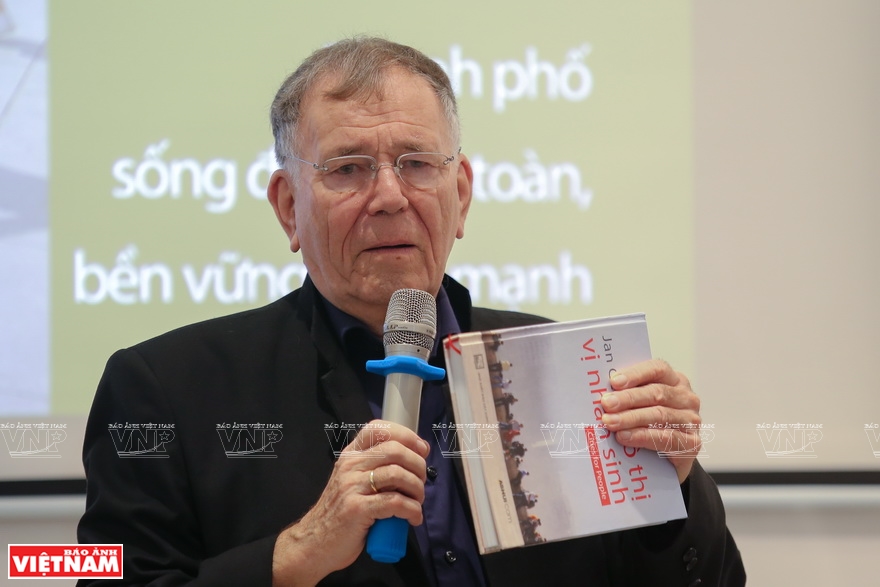
“Cities for people” summarizes Gehl’s work.
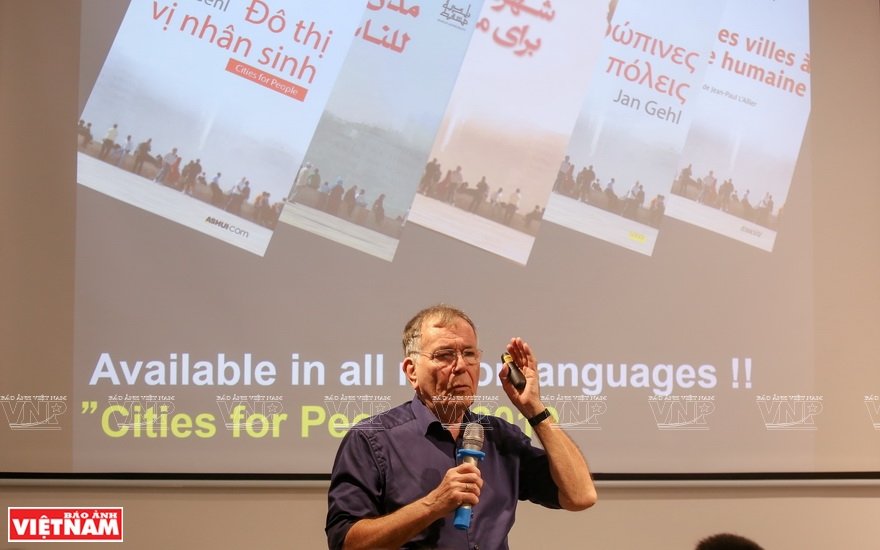
Professor Jan Gehl shares his experience with Vietnamese architects and urban planners with “Cities for People”,
which has been translated into 34 languages.
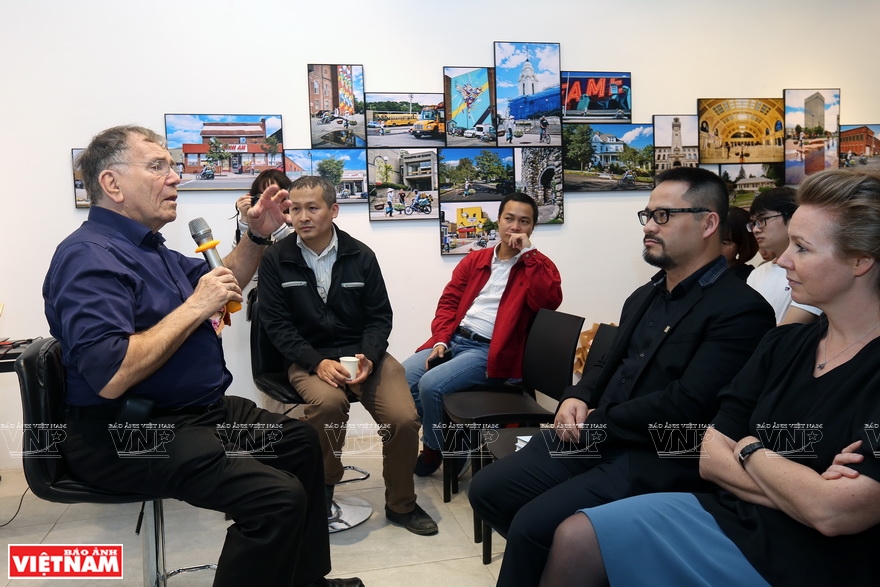
Professor Jan Gehl donates the book for free translation into other languages, including Vietnamese,
hoping that his research will be helpful to people all over the world.
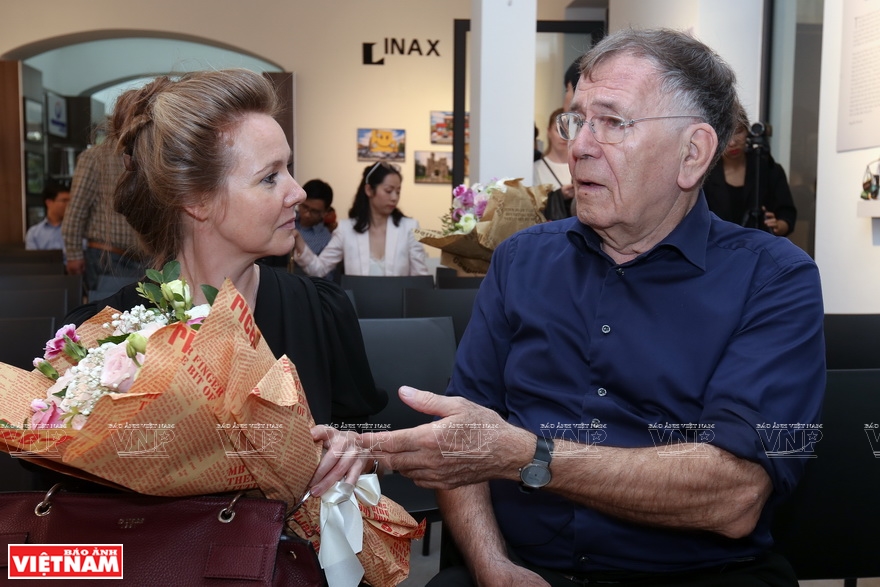
Louise Holmsgaard, Deputy Head of Mission at the Embassy of Denmark in Vietnam and Professor Jan Gehl at the book launch in Hanoi.
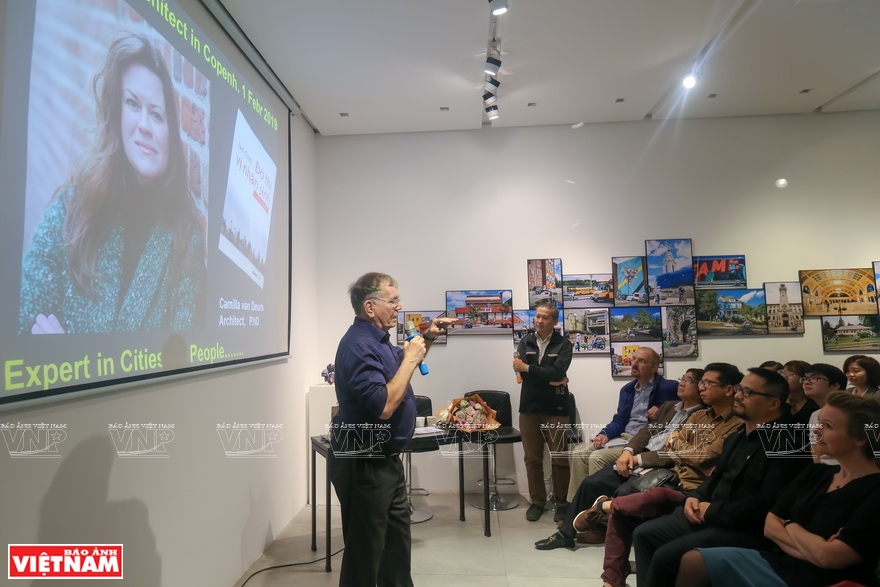
Professor Jan Gehl answers questions about urban planning ...

... and signs books for Vietnamese readers.
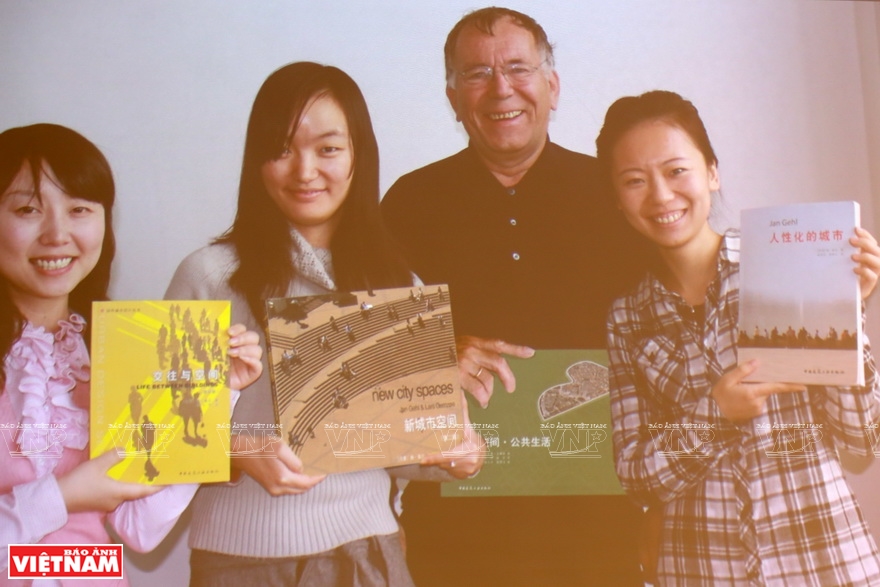
With his fans in China. Photo: Files
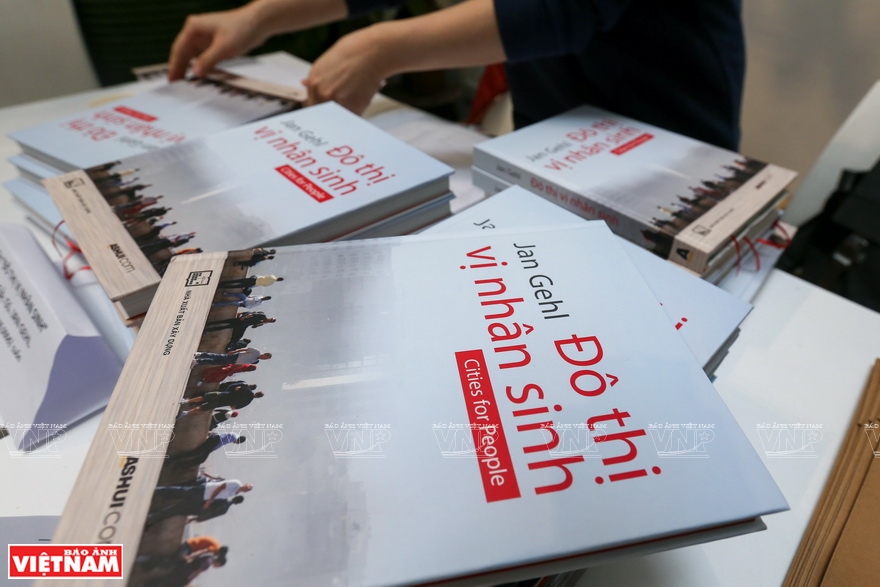
The Vietnamese version of “Cities for People” by Professor Jan Gehl. |
In 2010, Jan Gehl began to write “Cities for people” from the changes in the architecture of Copenhagen where he was born. It is considered to be the most livable city in the world because its architecture has been responsive to human needs.
|
With 40 years’ experience in architecture, Professor Jan Gehl has received international awards such as the Planetizen award from the Environmental Design Research Association (EDRA) in 2011, and his book is on the top of Brent Toderian’s list of 100 best books of urban design in 2013. |
The book is illustrated with over 700 photos and drawings collected from Gehl’s work around the world, encouraging readers to think about their own cities’ space with their own experiences.
The book is translated into Vietnamese with the hope that it will make its way into the urban planning and design curriculum, and inspire policymakers and urban planners in Vietnam.
Louise Holmsgaard, Deputy Head of Mission at the Embassy of Denmark in Vietnam hoped that the people-centered and green urban planning philosophy would be helpful for Vietnam, a country which now has rapid urbanization. She considered the book a bridge to connect the friendship and cooperation between the two countries.
During his short time in Vietnam, Professor Jan Gehl visited Hanoi’s old quarter and some architectural works in Ho Chi Minh City. According to him, only a few days could not help him assess Vietnamese architecture but he would spend time studying Vietnam’s urban areas. Gehl believes Vietnam is a safe place to live as he saw many children playing happily on the streets.
Jan Gehl said he put the word “Vietnam” on the first page of his book with the hope that Vietnam would become the happiest country and best place to live in the world.
|
Jan Gehl is currently a senior advisor at Gehl Architects. He is further developing the people first approach through his books and lectures. |
Story: Bich Van - Photos: Viet Cuong